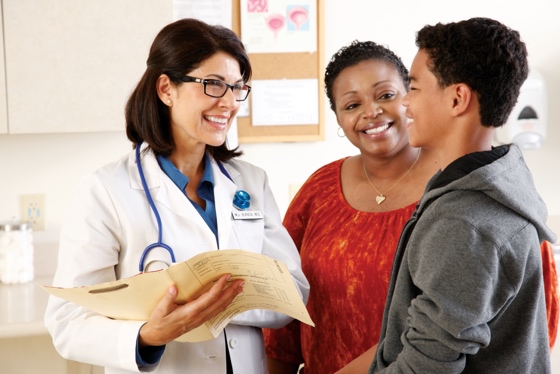What is Diabetes?
Glucose. Insulin. Type 1. Type 2. Diabetes. What does it all mean? For the 1 in 10 Americans living with diabetes,1 it means managing blood sugar (glucose) levels. Whether you’re just learning of a diabetes diagnosis or you’ve been living with diabetes for some time, careful diabetes management may make a world of difference.
Get diabetes support
Looking for support and tips for managing diabetes?
What are common symptoms of diabetes?
If you have the following symptoms,2 call your doctor right away. Without medical intervention, a person with diabetes may suffer from damaged organs, lose consciousness and even slip into a life-threatening coma, also called diabetic ketoacidosis (DKA). Being able to act quickly may potentially save a person’s life. Here’s what to watch out for:
-
Feeling thirsty
-
Feeling hungry (your body wants fuel)
-
Peeing more often
-
Feeling tired
-
Itchy skin
-
Dry mouth
-
Unintended weight loss (your body starts burning fat and muscle)
-
Blurry vision
-
Frequent infections
-
Cuts that take longer to heal
-
Breath that smells like acetone/nail polish remover, a sign of ketones rising to unsafe levels in the blood
-
Feeling sick to your stomach
-
Abdominal pain

Managing blood sugar
To understand diabetes, it helps to understand the role of blood sugar, or glucose, in our bodies — the main source of energy for our cells. It also helps to understand the importance of insulin.

What is prediabetes?
Prediabetes is when your blood sugar levels are high, just not high enough to be considered diabetes. If prediabetes is left unchecked, it can turn into type 2 diabetes.3 Thankfully, there are positive steps you can take to get prediabetes under control.

What is type 1 diabetes?
There are two types of diabetes: type 1 and type 2. Type 1 diabetes (T1D) is an autoimmune condition when the body attacks itself by mistake, destroying the cells in the pancreas that make insulin.4 Type 1 was once known as juvenile diabetes since most people diagnosed are in elementary school or preteens.5 There is no way to prevent type 1 diabetes. Researchers think type 1 may be genetic/hereditary or caused by childhood infections.6 The symptoms may appear quickly and may be hard to ignore.

What is type 2 diabetes?
Type 2 diabetes, the most common form of diabetes, is when your body doesn’t use insulin properly. Some people are prediabetic before becoming diabetic. Type 2 diabetes used to be known as “adult-onset” diabetes, but today more kids are being diagnosed, possibly because of the rise in childhood obesity. No one knows exactly what causes diabetes, but there are known contributing risk factors.

Life with diabetes
Whatever might have prompted you to seek medical attention, you may have a range of emotions after hearing, “You have diabetes.” Here are some tips for finding ways to learn about diabetes and cope if you've recently been diagnosed.

Control diabetes with exercise
When it comes to managing, delaying or preventing diabetes, exercise and diet can both play a big role. These are two areas where you have ways to help control your health.
More like this: